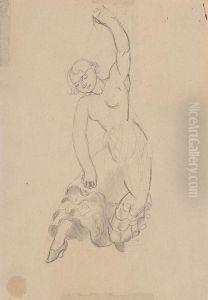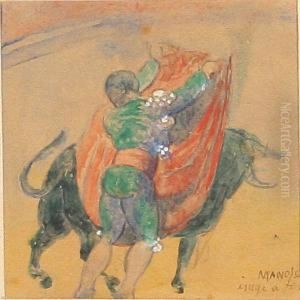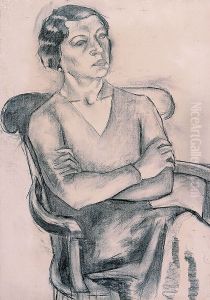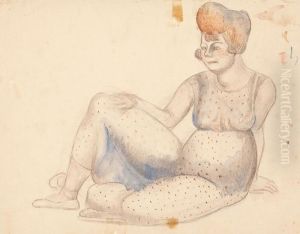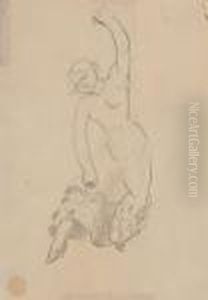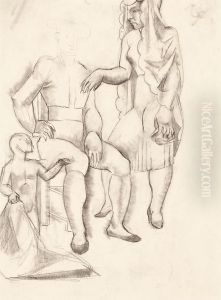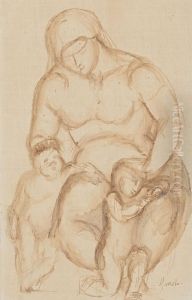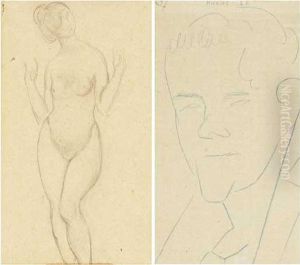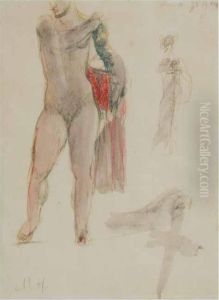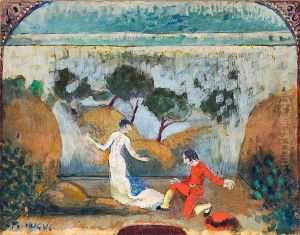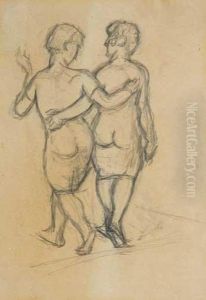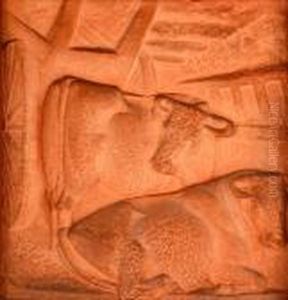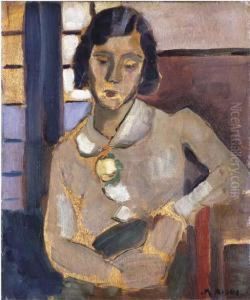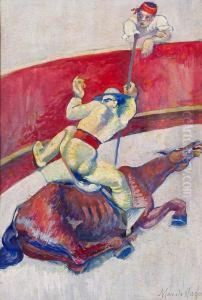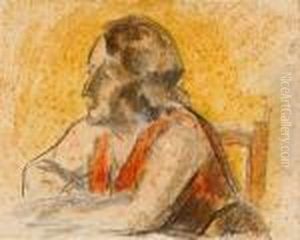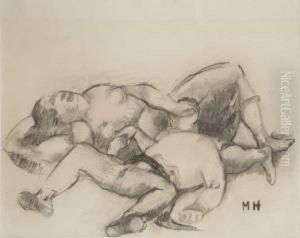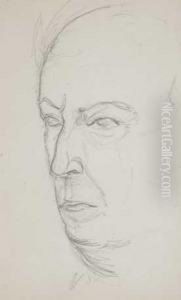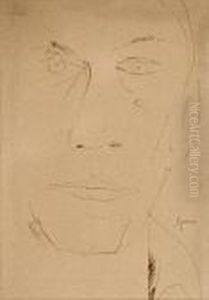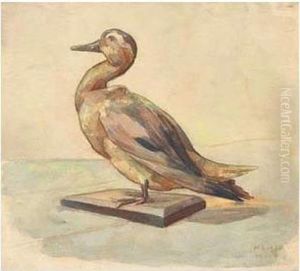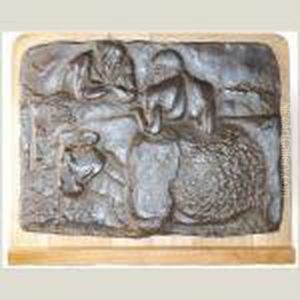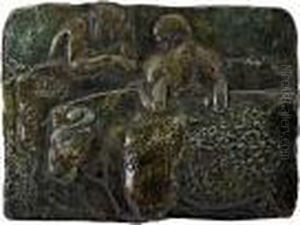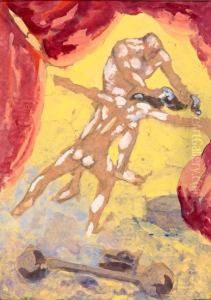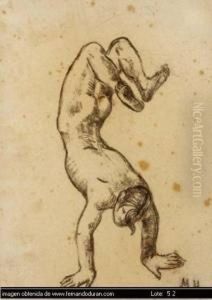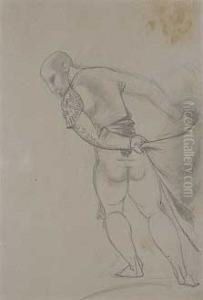Manolo Hugue Paintings
Manolo Hugué, known simply as Manolo in the art world, was a Spanish sculptor and painter who played a significant role in the development of modern art in Spain. Born in Barcelona on February 29, 1872, Manolo was part of the vibrant early 20th-century avant-garde art scene. He was a contemporary and friend of many prominent artists of his time, including Pablo Picasso, with whom he maintained a close friendship.
Manolo received his artistic training at the La Llotja school in Barcelona, where he initially focused on painting. However, his interest soon shifted toward sculpture, which would become his primary medium. His early works were characterized by a modernist style with influences from French sculptors such as Auguste Rodin and Aristide Maillol. Over time, Manolo developed a distinctive, simplified form in his sculptures, often using rough-hewn stone and wood materials that gave his figures a sense of solidity and earthiness.
During his career, Manolo traveled extensively throughout Europe, which influenced his artistic development. He lived in Paris for several years, where he was exposed to various art movements, including Cubism, which had a noticeable impact on his work. Although his style evolved over the years, Manolo never fully embraced the abstract nature of Cubism and instead synthesized its geometric simplification with his own unique approach to form and volume.
Manolo's work was not limited to sculpture; he also created a significant body of drawings and paintings. His paintings often featured landscapes, still lifes, and portraits, executed with a bold, expressive style. Despite the diversity of his work, Manolo is primarily remembered for his contributions to sculpture.
Throughout his life, Manolo struggled with financial difficulties and remained relatively unrecognized compared to his contemporaries. Nevertheless, he continued to produce a prolific output of artworks. His sculptures, in particular, have gained posthumous recognition for their influence on later generations of artists and their contribution to the modernist movement in Spain.
Manolo Hugué passed away on May 16, 1945, in Caldes de Montbui, Spain, where he had lived for many years. Today, his legacy is preserved through his works, which are held in various museums and private collections, and through the Fundació Manolo, which is dedicated to the study and dissemination of his art.
